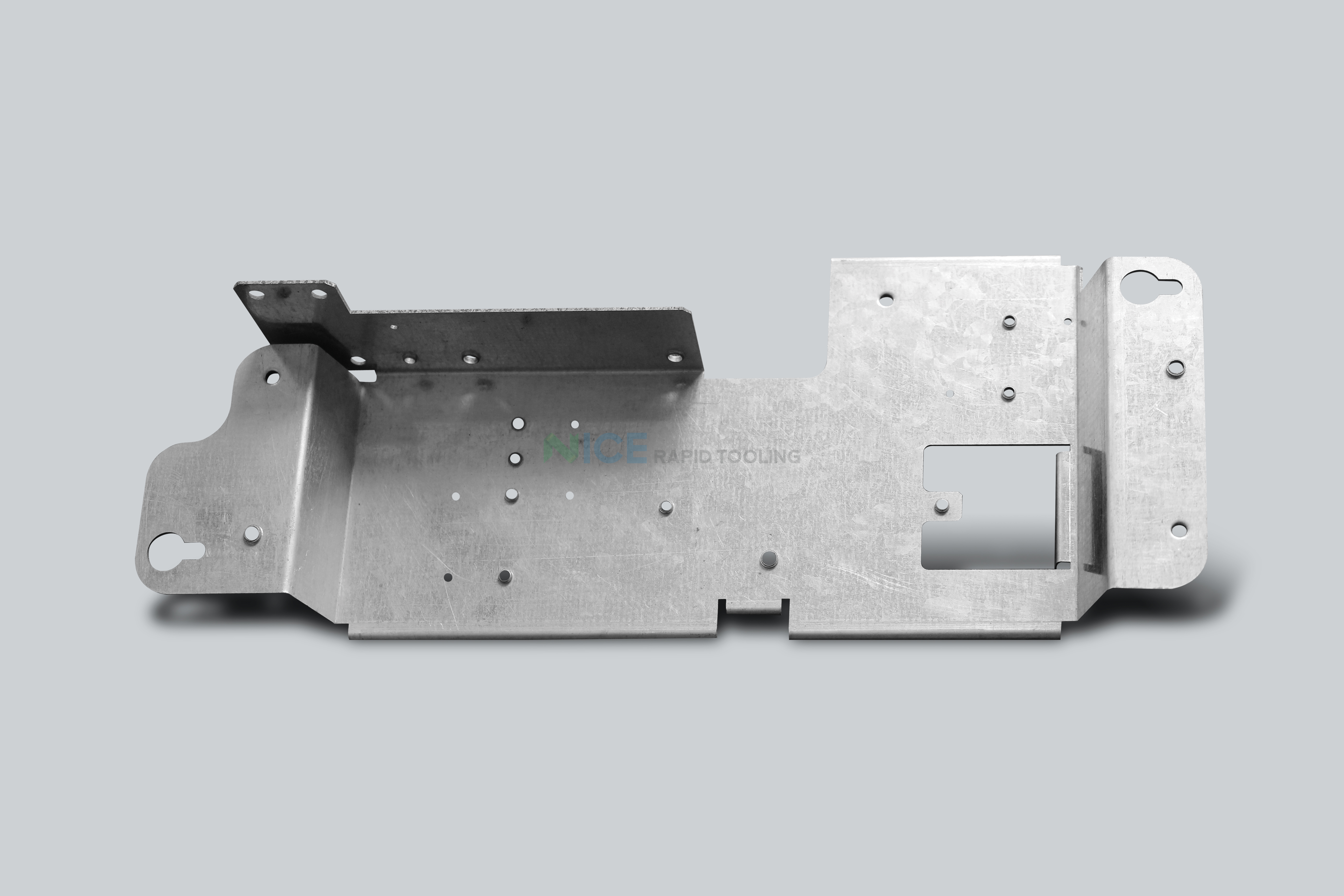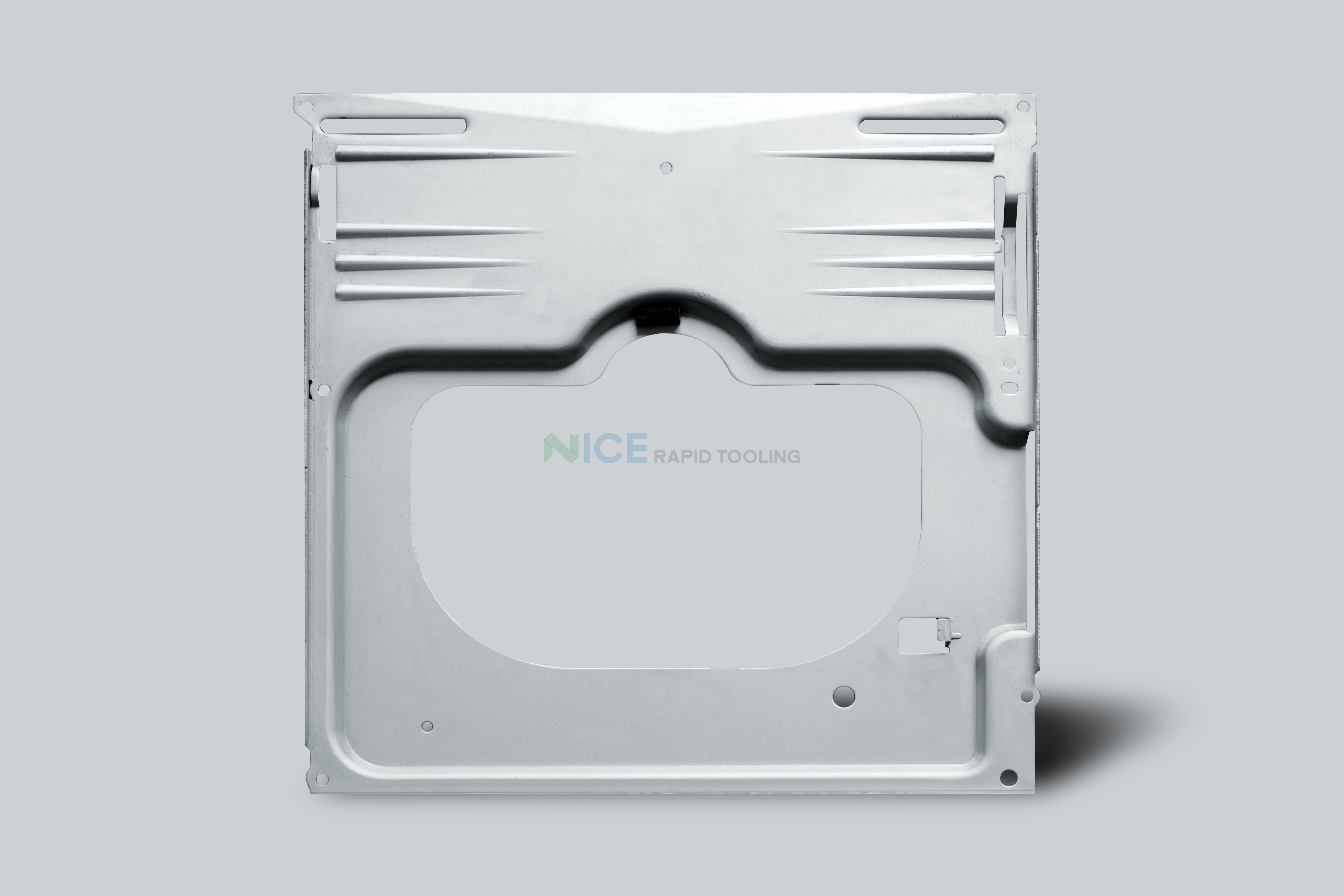The Work Process of Sheet Metal
Sheet metal refers to the process of cutting, stamping, bending, welding, riveting, splicing and forming some metal sheet (the thickenss is under 6mm) to form the desired shape and size, and further through welding or a small number of mechanical processing to form more complex parts. The distinctive feature is the same thickness of same part.
What’s Equipment Does Sheet Metal Process Need?
The basic equipment used in sheet metal prototypes includes Shear Machine, CNC Punching Machine, Laser, Plasma, Waterjet Cutting Machine, Combination Machine, Bending Machine and various auxiliary equipment such as: unwinding Machine, leveling Machine, deburring Machine, spot welding Machine, etc.
Introduce Several Main Materials of Sheet Metal
The commonly used metal plates are hot rolled plate, cold rolled plate, galvanized plate, copper plate, aluminum plate and stainless steel plate. Then let’s see some materials with their different features.
#1 General cold rolled plate SPCC
SPCC means that the ingots are continuously rolled through the cold rolling mill to the required thickness of the steel coil or sheet. SPCC surface without any protection, exposed to air is easy to be oxidized, especially in humid environment, the oxidation speed is accelerated, dark red rust occurs, the surface should be painted, electroplated or other protection when used.
#2 Galvanized steel plate SECC
The substrates of SECC are common cold-rolled steel coils, which not only have the mechanical properties and approximate machining properties of common cold-rolled steel sheets, but also have superior corrosion resistance and decorative appearance. In the electronic products, home appliances and furniture market has a great competitiveness and substitution.
#3 SUS 304
One of the most widely used stainless steel, because of containing Ni (nickel), than steel containing Cr (chromium) more corrosion resistance, heat resistance, has a very good mechanical properties, no heat treatment hardening phenomenon, no elasticity.
Tolerance of Sheet Metal Parts
According to the different materials, functions of the products, the tolerance standard is different. And it is generally necessary to consider the use and cost of the products when require the tolerance.
General large sheet metal prototypes parts such as distribution cabinet, the tolerance is between 0.5-1mm; small sheet metal parts will require high tolerance, usually at 0.2-0.5mm or so. The gap of automobile sheet metal prototypes is generally around 0.3mm.
Of course, the specific tolerance also depends on customer's requirements.
Several Forming Process in Sheet Metal
Sheet metal process is a comprehensive cold working process, including shear, stamping, composite, bending, riveting, splicing and forming. There are several process that necessary for sheet metal prototypes process.
Process 1: Bending
The bending and forming of metal sheet is made by bending machine. First of all, the part need to be formed is placed on the bending machine, the lifting lever is used to lift the brake shoes, the part slides to the appropriate position, and then the brake shoes are reduced to the part to be formed, through the bending lever on the bending machine to achieve metal bending forming.
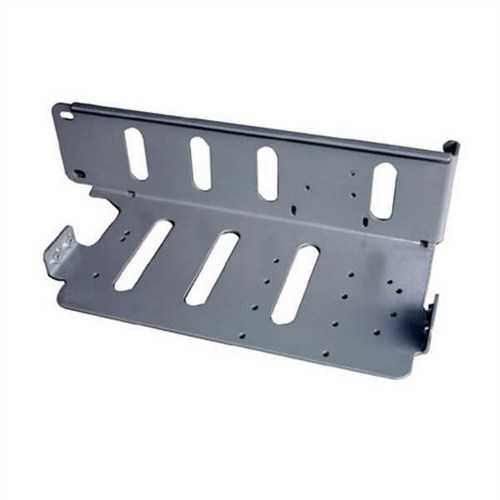
Process 2: Stamping
Stamping processing is the production technology of product parts with certain shape, size and performance, by means of the power of conventional or special stamping equipment, making the sheet material in the mold directly subjected to deformation force and carry out deformation. In the world's steel, there are 60 ~ 70% plate, most of which are made into finished products after stamping.
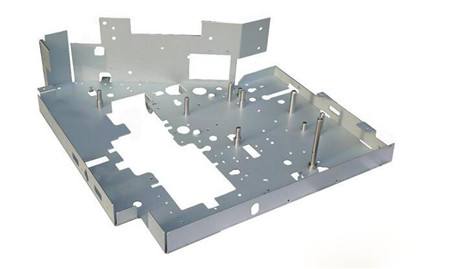
Process 3: Laser cutting
Laser cutting is to use the focused laser beam with high power density to illuminate the workpiece, so that the irradiated material quickly melts, vaporizes, ablates or reaches the ignition point, and at the same time, with the help of the high-speed airflow coaxial with the beam to blow away the molten material, so as to achieve the workpiece cut. Laser cutting is one of the thermal cutting methods.
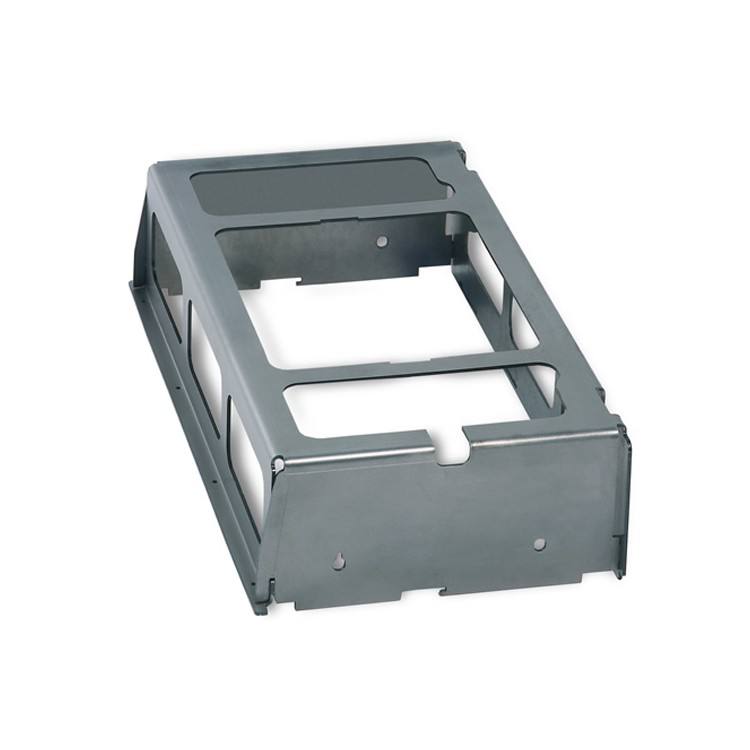
Final thoughts:
Sheet metal is one of the easy manufacturing method in rapid prototyping technology. If you are interested in sheet metal prototypes technology and want to some parts to be made, feel free to contact us via enquiry@nice-rapidtooling.com. We love to help with your projects and looking forward to cooperating with yours.
Product display


